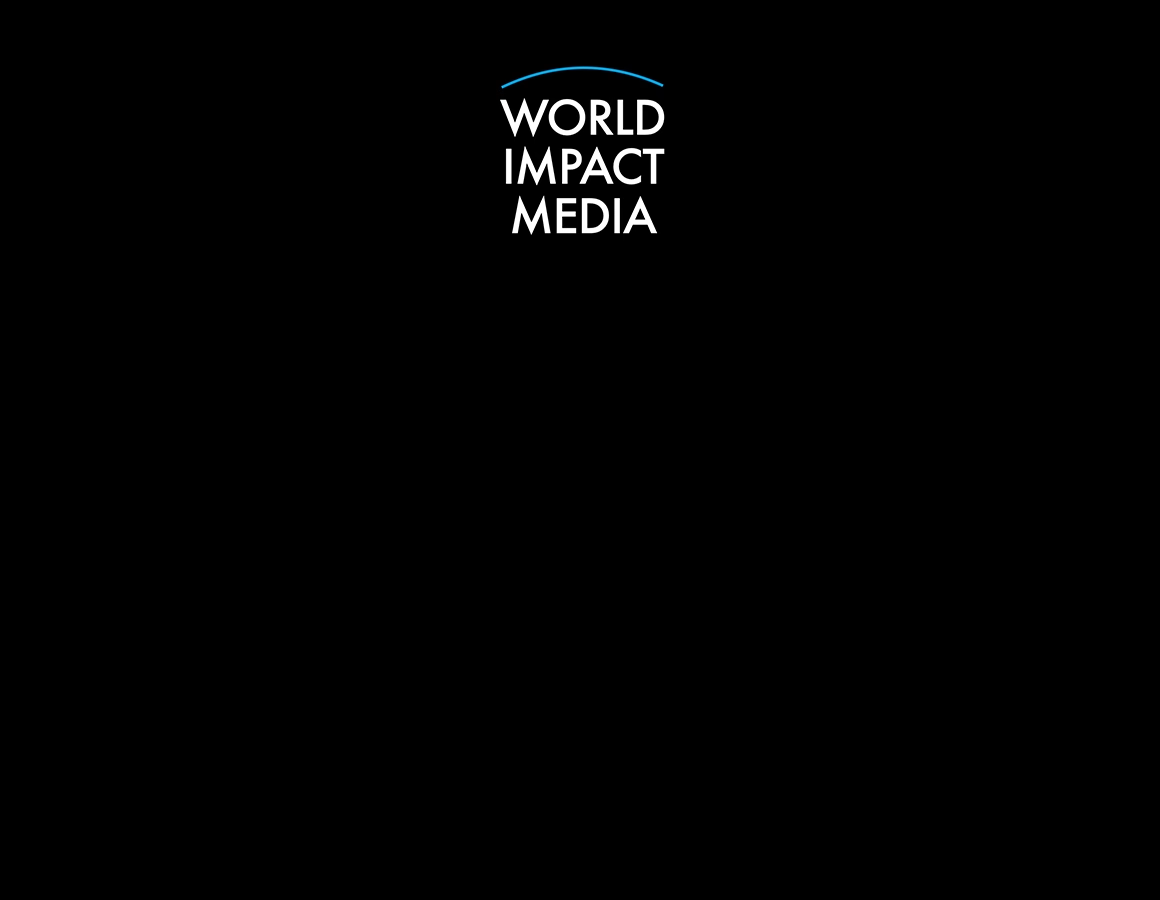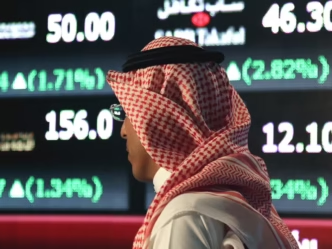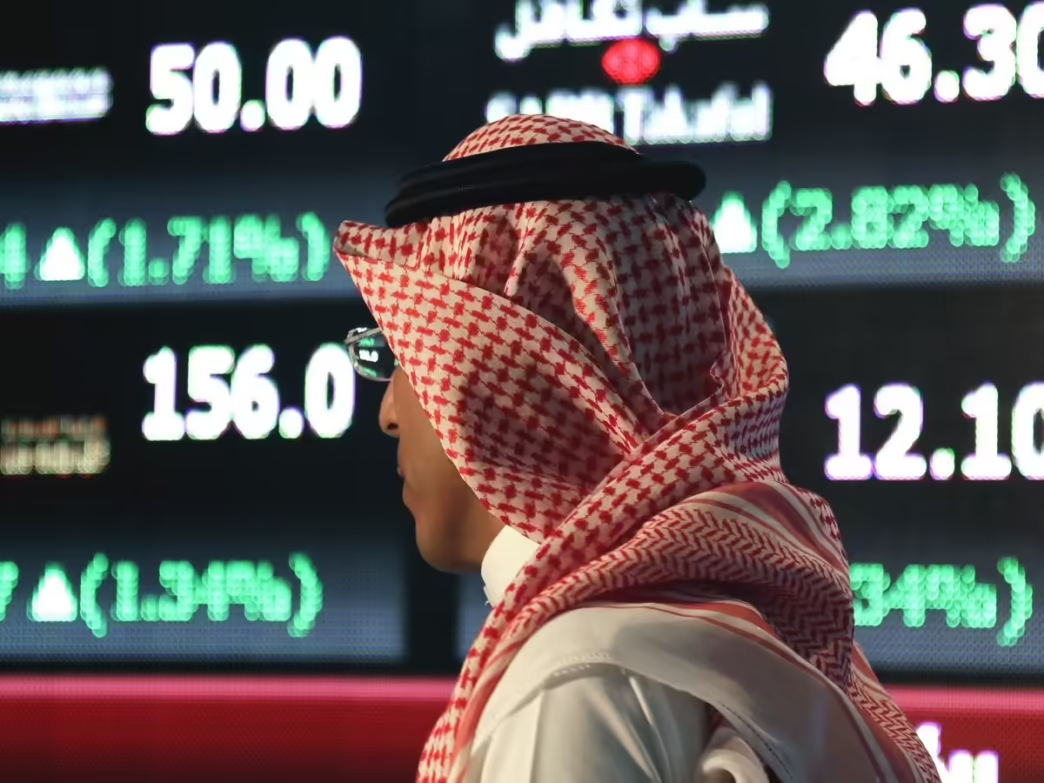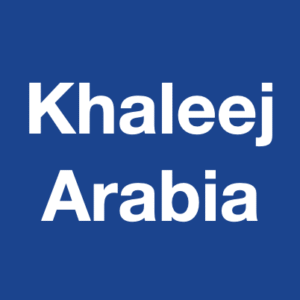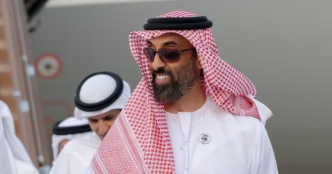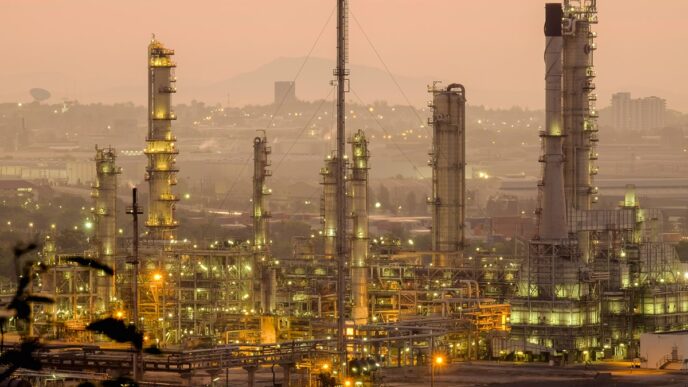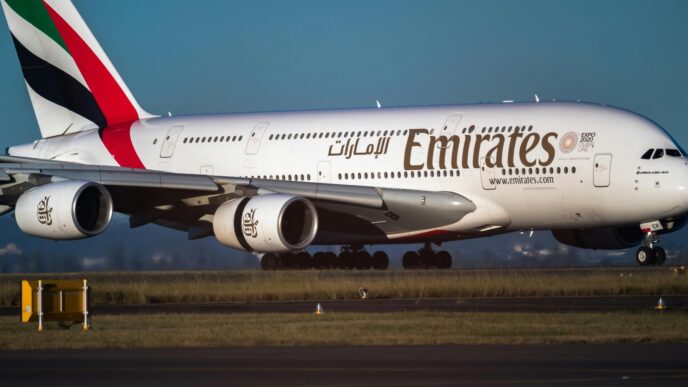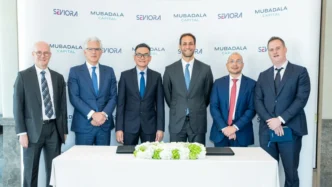Saudi Arabia’s Public Investment Fund (PIF), one of the world’s most closely watched sovereign wealth funds, has sharply reduced its exposure to U.S. public markets—exiting nine American stocks and bringing its U.S. equity portfolio to its lowest level this year. The move represents a significant shift in the fund’s global investment strategy and intensifies speculation about Riyadh’s evolving financial priorities heading into 2026.
Major Reduction in U.S. Equity Exposure
Recent regulatory filings show that the PIF has divested from nine U.S.-listed companies, reducing the number of U.S. holdings to just a handful. The value of its American equity portfolio has fallen to roughly $19 billion, marking a steep drop from previous years when the fund had maintained holdings above $50 billion.
Among the companies the PIF exited were a mix of technology, industrial, and consumer-facing firms. Its remaining U.S. positions appear more concentrated, indicating a stringently selective approach rather than broad exposure to the U.S. market.
The sharp drawdown represents one of the most notable portfolio contractions the PIF has executed in recent years.
Strategic Drivers Behind the Pullback
1. Greater Emphasis on Domestic Mega-Projects
Saudi Arabia is deepening its investment focus at home. Large-scale national initiatives—ranging from NEOM to renewable energy development and entertainment sector expansion—require enormous capital commitments. As these projects accelerate, the PIF is steering more funds toward domestic deployment rather than international equities.
2. Portfolio Risk Rebalancing
Global markets in 2025 have been marked by sharp valuation swings, high interest rates, and increased volatility in the tech sector. By reducing exposure to U.S. equities, the PIF appears to be seeking a more defensive posture while reallocating to areas offering more strategic value.
3. Shift Toward Private Markets and Strategic Investments
The fund has long signaled a desire to increase its involvement in private equity, infrastructure, energy transition ventures, and joint ventures with global partners. Exiting U.S. public equities frees significant liquidity for these longer-term strategic bets.
4. Financial Consolidation Ahead of Key National Milestones
Saudi Arabia’s broader economic transformation requires continuous capital infusion. Reducing holdings in foreign-listed stocks allows the PIF to deploy cash at home without raising debt or liquidating long-term strategic assets elsewhere.
Impact on Global Markets and Investors
A Signal to Sovereign and Institutional Investors
The PIF has historically been viewed as a substantial and steady investor in U.S. tech and growth companies. Its decision to withdraw from multiple positions—especially in a single quarter—will not go unnoticed. Other sovereign funds often react to such shifts, particularly those tracking global capital flows.
Implications for the U.S. Equity Market
While the fund’s withdrawal is small relative to the size of U.S. markets overall, it reduces an important source of foreign capital—particularly for companies in sectors where the PIF has historically been active. It may also signal that large institutional players expect more turbulence in valuations.
Saudi Arabia’s Domestic Landscape
The reallocation underscores the PIF’s continued evolution from a traditional sovereign wealth fund to a national engine of development. Its priority is no longer simply foreign returns—it is the transformation of the Saudi economy into a diversified, innovation-driven powerhouse.
What Comes Next?
Further Reductions Possible
If current trends continue, U.S. holdings could shrink even further as the PIF shifts money toward private markets and domestic mega-investments.
Selective Rebuilding in Key Sectors
The fund may selectively reenter U.S. equities in sectors aligned with Saudi Arabia’s long-term industrial and technological objectives—such as mobility, gaming, artificial intelligence, and advanced manufacturing.
Closer Alignment with Vision 2030
As 2030 approaches, more PIF capital is expected to flow into projects that directly contribute to national goals, including infrastructure, tourism, sustainable energy, sports, and cultural industries.
Conclusion
Saudi Arabia’s PIF has entered a new phase of strategic realignment. By exiting nine U.S. stocks and lowering its American holdings to a 2025 low, the sovereign wealth fund is signaling a long-term shift: greater focus on domestic transformation, tighter global positioning, and more selective international exposure.
This move is not merely financial—it is geopolitical, strategic, and reflective of Saudi Arabia’s accelerating economic evolution. If current trends persist, the global investment community should expect the PIF to become more concentrated, more intentional, and even more influential in shaping capital flows across both emerging and developed markets.
